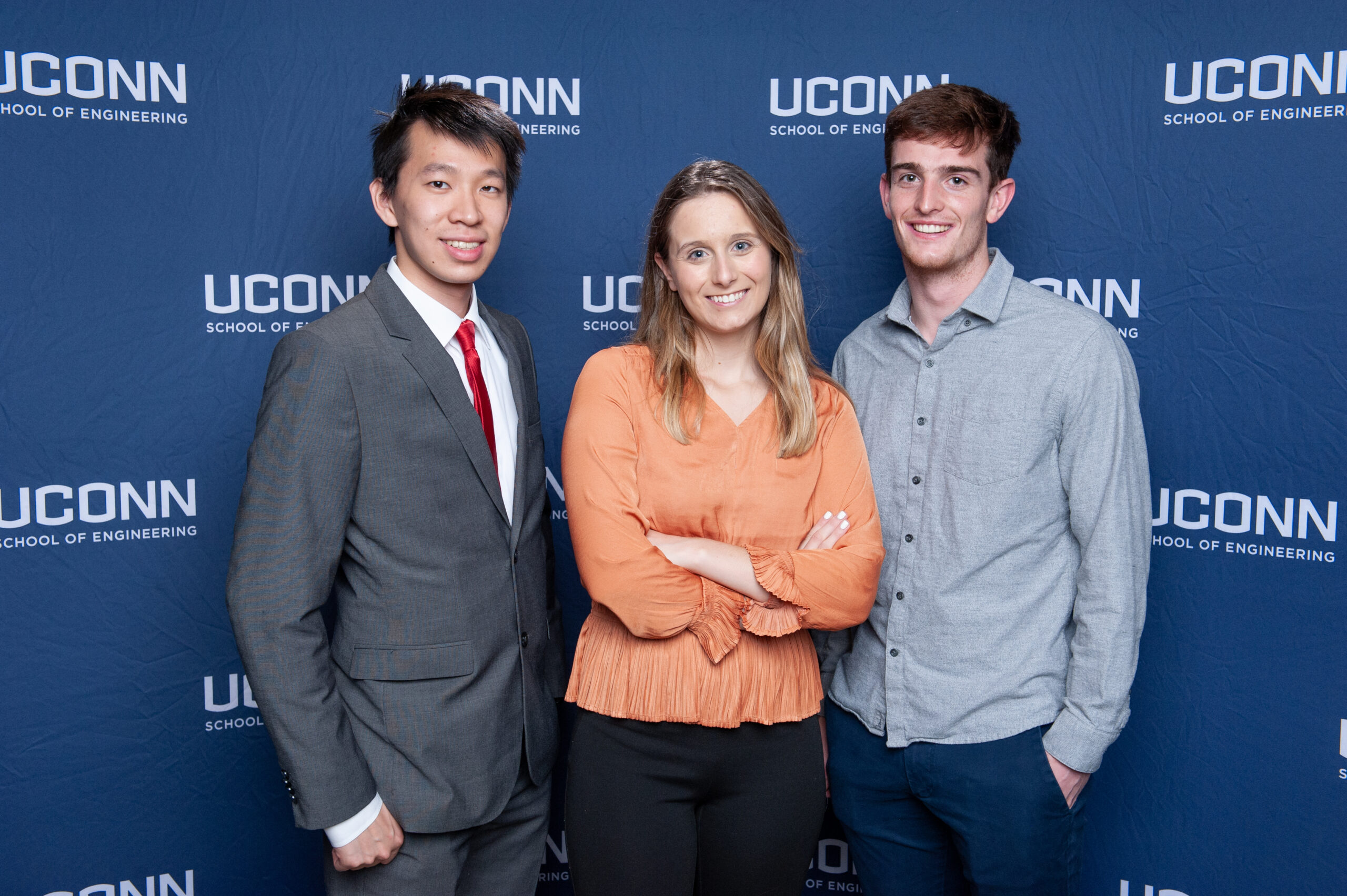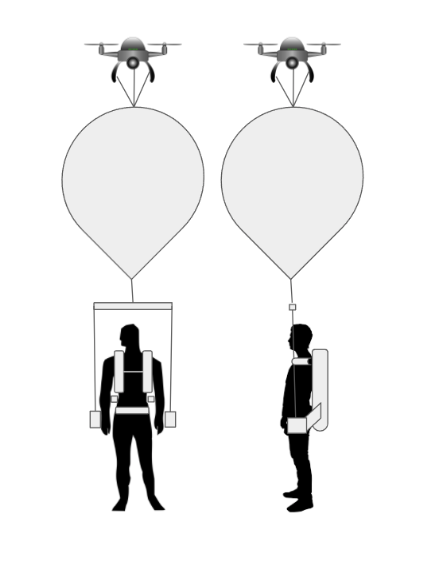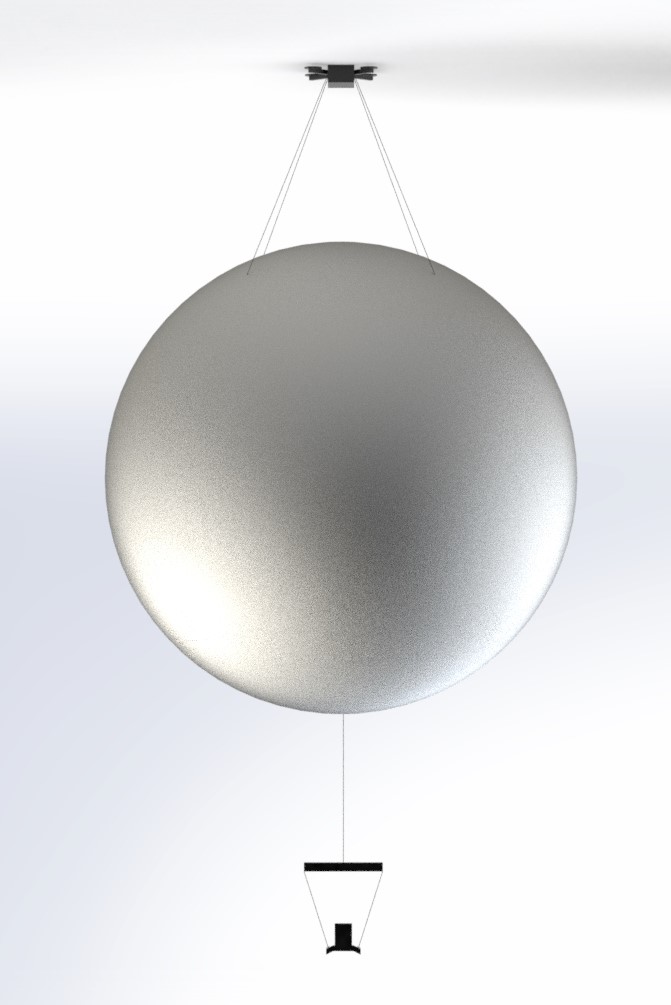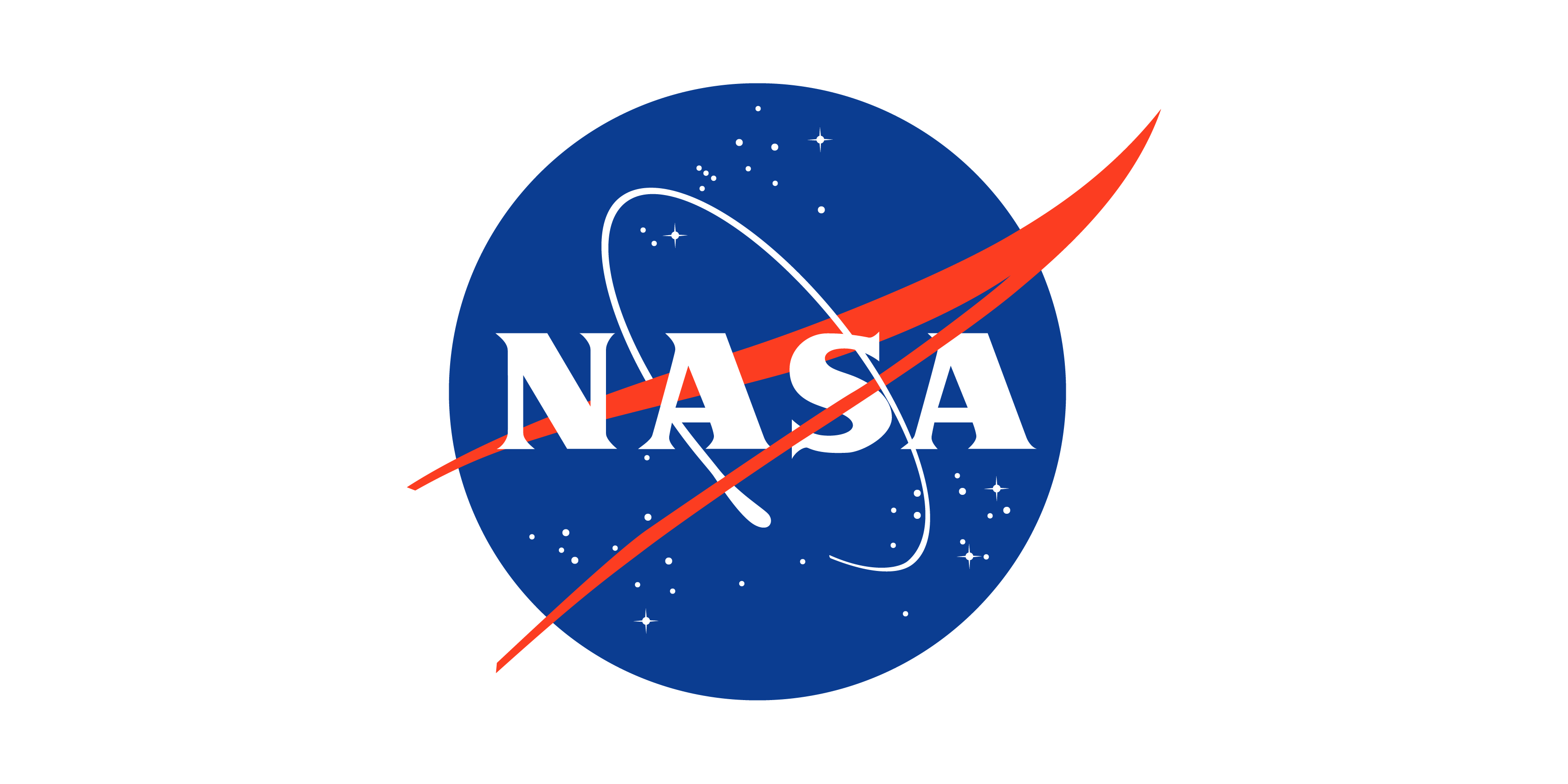

This video contains proprietary information and cannot be shared publicly at this time.
Figure 1

Figure 2

Team 30
Team Members |
Faculty Advisor |
Peter Stokes |
Jason Lee Sponsor National Aeronautics and Space Administration (NASA) |
sponsored by

Reduced Gravity Simulator for Field Environments: Drone-Augmented System
Astronauts go through extensive training on Earth before heading into space, and the more accurate the analogue, the better prepared they will be. NASA currently trains astronauts in simulated lower gravity environments in the Neutral Buoyancy Laboratory and the Active Response Gravity Offload System (ARGOS), but neither of these systems allow for testing outdoors in field environments. In partnership with NASA and Aquiline Drones, the Mechanical Engineering, Biomedical Engineering, and the Krenicki Arts and Engineering Institute seeks to develop a gravity offload device compatible with testing in field environments such as Desert Research and Technology Studies (Desert RATS). Using a weather balloon to passively offload the user’s weight and a drone to dynamically respond to changes using a system of sensors creates a consistent and well balanced offloading force. The weather balloon and drone system is connected to a harness system to comfortably lift the user at their center of gravity while providing attachment points for the sensors. In the Spring Semester, we are putting together our first scale tests at lower offload weights and iterating to make improvements as we scale up to our goal of an offload of 25 pounds. Our final design will be presented with a comprehensive plan on how NASA can scale our design up to their desired offload of 100 pound.
Our team collaborated with Biomedical Engineering 10 on this project.
